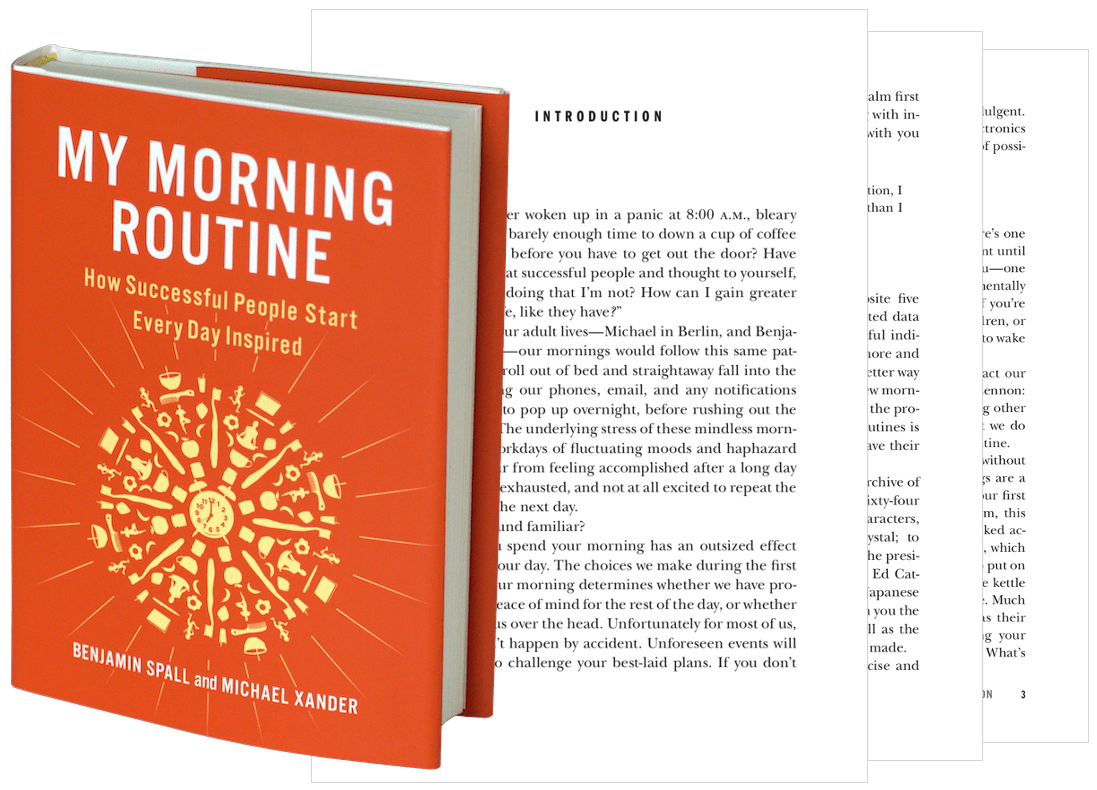How Context Switching Sabotages Your Productivity

Whether you’re an entrepreneur, manager, or freelancer, you can be sure of one thing: Context switching is taking a wrecking ball to your productivity.
Context switching is the act of jumping from one task to another, and back again, often within a short space of time.
Context switching makes us less effective as workers, increases the number of mistakes we make, and, researchers have estimated, costs the global economy upwards of $450 billion annually.
The reason is simple—when you context switch there is a recalibration period as you move back to your original task as your brain tries to remember what you were doing, and why you were doing it. One study found that it can take more than 25 minutes, on average, to resume a task after being interrupted. When you consider that the average amount of time spent on a task before being interrupted is just 75 seconds, it’s no wonder why this bad habit has such a high cost.
In this article, I’m going to dig into why context switching sabotages our productivity, I’m going to argue that we need to become better at structuring our days so we’re not constantly responding to new emails, phone calls, and other notifications the moment they come in, and I’m going to describe why monotasking is the cure to excessive context switching.
What is Context Switching?
Context switching (also known as task switching) is the act of jumping from one task (or context) to another, and back again, often within a short space of time.
This could mean you’re writing a piece of content for a client, only to stop what you’re doing to answer the latest email that showed up in your inbox. Or it could mean you’re editing a video and you receive a phone call from a friend, your spouse, or your boss, so you drop what you’re doing to take the call.
In my article on monotasking I noted the following when it comes to the cost of context switching:
Context switching is inherently bad for us—every time we switch between doing our work and reading an article online, or reading an article online and checking our phones, we experience a “transaction cost” that drains our energy and slows us down.
This “transaction cost” adds up over time, as the below chart shows:

So, how can you stop context switching from sabotaging your productivity and learn to avoid it altogether?
How to Avoid Context Switching
Here is how to avoid context switching in three easy steps:
Schedule Your Time
While scheduling your time won’t make it impossible for you to context switch, it will make you aware of the time you have allocated for each task in a given day or week, and it will therefore up the stakes should you start moving between the task you’re supposed to be working on, and another.
I’ve written before on how having a to-do list and sticking to it is the number one thing you can do to increase your overall focus and productivity. When scheduling your time, ideally give yourself a loose plan for the week ahead, followed by a more structured schedule that you write out the evening before.
While I encourage this list to be aspirational and to represent a full day of work, don’t overload the list and overwhelm yourself to the point that you feel paralyzed and, in turn, do nothing. I recommend keeping your list to approximately five to six items, but keep in mind, even one major task on your to-do list is not too few.
Reduce Distractions
This goes without saying, but one of the main ways in which you’re going to avoid context switching is by reducing both physical and digital distractions.
Pavlovian conditioning is a form of behavioral psychology in which an animal, or human, can be conditioned to respond in a certain way to a stimulus that, had it not been conditioned, should in no way be associated with the act in question.
An example of this in our digital lives is the way in which we immediately reach for our phones when a new notification comes in. We have been conditioned to react to the sound of the notification and the small red circle that screams out that there is something new and exciting to see here. This conditioning is a nightmare when it comes to context switching—every time we react to a new notification on our phone, or a new email in our inbox, or a new shiny object of any description that manages to place itself between our brain and the work at hand, we experience the cost of context switching and, as I noted earlier, it can take more than 25 minutes, on average, to fully resume the task at hand.
The good news is, it is within our power to reduce these digital distractions. You can turn off the notifications for your most distracting apps in the “Settings” area of your phone, or you can turn it on Airplane Mode so to become entirely unreachable. If you have a tendency to keep your work or personal email open in a tab in your browser throughout the day, close the tab(s) and only open them at defined periods throughout the day.
Embrace Monotasking
Nothing makes avoiding context switching easier than embracing the life-changing magic of monotasking.
While a mainstay of job postings for decades, it turns out that the ability to “multitask” is less about being able to work on two or more tasks at the same time, and more an exercise in futility as we switch between different tasks while not giving our full attention to any of them.
Monotasking (also referred to as single tasking), on the other hand, is the act of working on one task at a time, instead of attempting to work on multiple tasks at once. When you monotask you take context switching out of the equation.
As professionals in our work and home lives, we are often juggling multiple tasks at the same time, creating numerous “transaction costs” throughout the day as we shift our attention from one task to the next, as imagined by the above bar chart. If we choose to monotask, instead of multitask, however, these transaction costs go away, and we are left with uninterrupted time in which to concentrate on the task at hand.
Spend the next week training yourself to avoid context switching by scheduling your time, reducing distractions, and embracing monotasking.
If you’re interested in hearing more from me, be sure to subscribe to my free email newsletter, and if you enjoyed this article, please share it on social media, link to it from your website, or bookmark it so you can come back to it often. ∎




